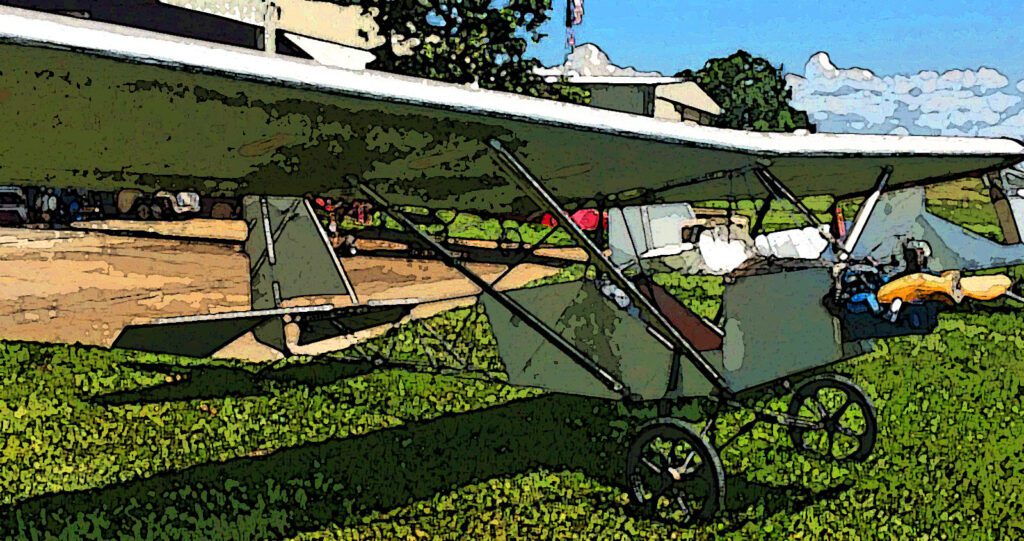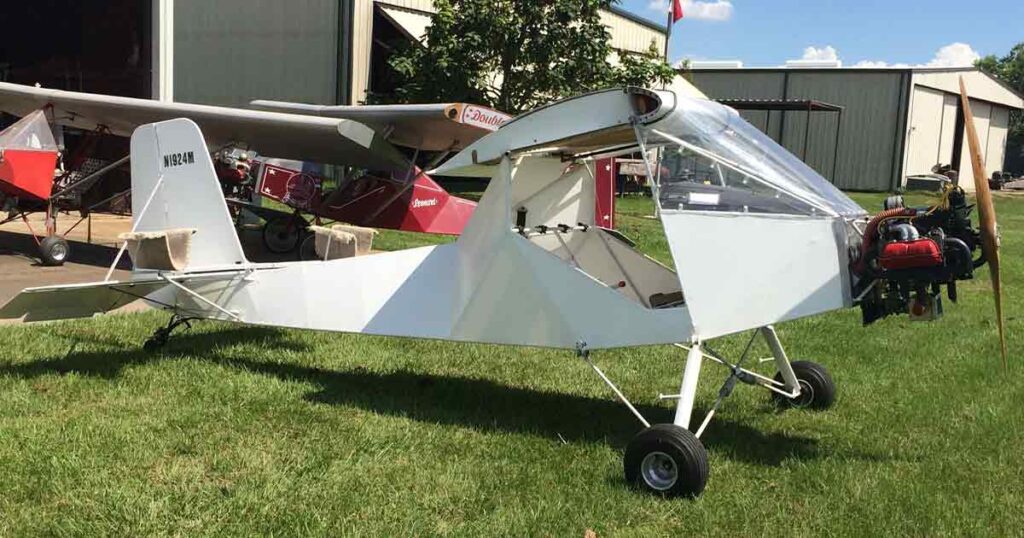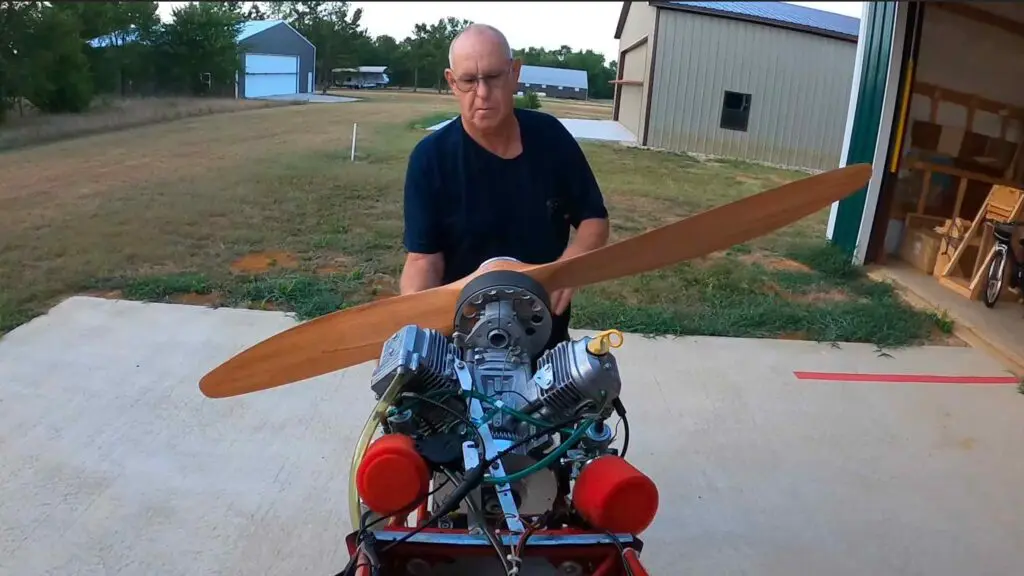Let’s Splice Wood and Steel Aircraft Tubes
The shipping cost nowadays makes it more economical to splice the wood and the tubes for the Legal Eagles airplanes rather than pay the cost to ship the long pieces. Splices can be safe and as strong if done correctly. Wood sailing ships have many splices in their frame construction, and they don’t fail in the rough seas. I once built a 16-foot sailboat and had to splice the plywood. The splices did not show in the finished boat. The wood splices are easy to google. Google “wood splices” and use the simple directions. Don’t make any joggles in the splices. Make long straight splices as shown. Making a joggled splice is difficult to get just right and unnecessary for a strong joint.
Now we come to steel tubing; I like the splice that uses a smaller tube inserted into the tube. The smaller tube is inserted into the diagonal cut larger tubes. The spliced tube has several small welds made around the outside of the spliced tube. These welds help support the main diagonal weld of the larger tube. The welds are called rosettes welds. The rosettes welds add strength to the splicing. How the spicing is done is very important.
Other types of splices are used but are not as desirable. The FAA has a booklet on splicing tubes. My old one was called Cam 18; it is very good but out of print. The new one is called FAA 4313. It can be bought online as the Cam 18 is, also. As of now, I don’t have either pamphlet, so I won’t state how to splice steel aircraft tubes; I don’t want to mislead anyone. The angles of the splices are important and need to be done correctly; the booklets show how to get it right.
Good luck, and have fun splicing wood and steel tubes. Leonard



